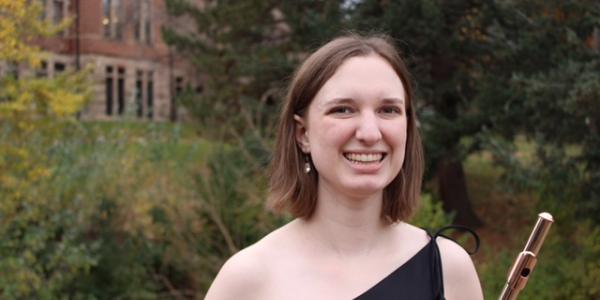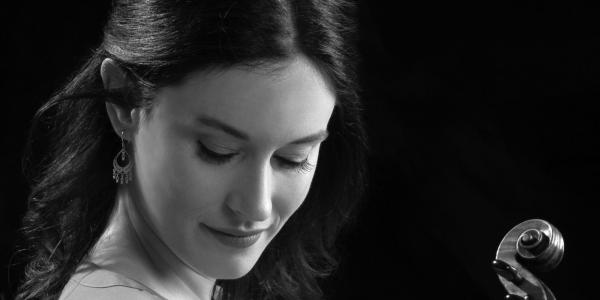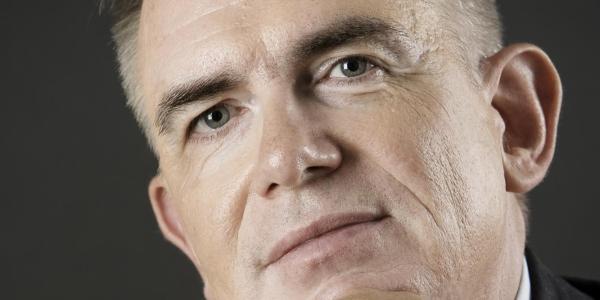 After nine long months of social distancing, masks, bell covers, sanitization and remote/in-person hybrid learning, there probably aren’t many of us who aren’t happy that 2020 is coming to a close. When it comes to the kind of year we’ve had, it’s all been said before. No one needs to hear even one more, “In these unprecedented times…”
After nine long months of social distancing, masks, bell covers, sanitization and remote/in-person hybrid learning, there probably aren’t many of us who aren’t happy that 2020 is coming to a close. When it comes to the kind of year we’ve had, it’s all been said before. No one needs to hear even one more, “In these unprecedented times…”
What we could stand to hear, however, are more stories of the people we know and love succeeding in spite of the odds. Of our colleagues and peers finding ways to safely gather and make music together. And fortunately for us—just like the tired platitudes about 2020—there are plenty of those to share. So sit back, get cozy, and enjoy these heartwarming year-end tales of perseverance and creativity from our College of Music family.
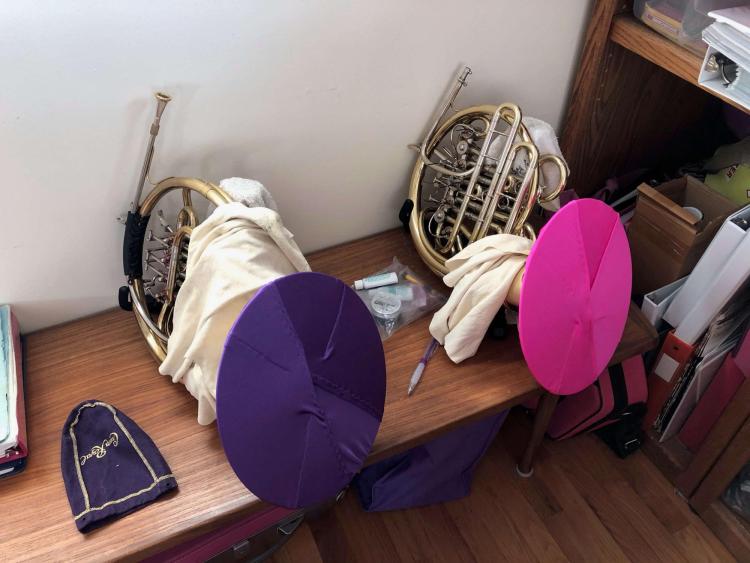 Rolling up her sleeves
Rolling up her sleeves
Maddie Levinson has been a mechanic for a fire department. A school bus driver. A teacher. For nearly 20 years, she’s been a musician—to honor the life of her music-loving mother, who passed away in 2003. Now, she’s a self-proclaimed Rosie the Riveter, armed not with a power drill, but with a sewing machine and a room full of fabric.
“I feel like I’ve joined the war effort against COVID.”
When the private students of the 2008 horn master’s graduate told her that their band classes were canceled in the spring, then started canceling their lessons, Levinson knew she had to put her mathematical mind and passion for sewing to work. What started with an ad she saw on Nextdoor for masks has resulted in her designing, sewing—and redesigning—bell covers for wind instruments.
“The seamstress in me was like, ‘What can I do?’”
It didn’t take long for Levinson—who plays principal horn in the Longmont Symphony—to start thinking about her own instrument and students.
“As school started again in the fall, I heard about the CU study on aerosols and ventilation. I looked for what was being sold for horn in terms of bell covers. We have to have our hand in the bell, so we need something more efficient than other brass instruments.”
Levinson connected with her old teacher, Professor of Horn Michael Thornton, to test the designs and make changes to improve efficiency. It wasn’t long before they had cracked the code.
“I started playing with the options for horn bell covers, making sure they met the requirements for the aerosols study. I sent Mike the ones I had been making, and he said they were better than the MERV filter material for sound.
“I refined the design with Mike’s input, making a half-moon shaped hole that closes around the player’s wrist and ultimately finding a solution that affected the sound as little as possible.”
Now Levinson is working with 10 high schools in the area, in addition to the College of Music and Colorado State, to churn out more bell covers. She’s even dedicated two rooms in her house to the cause, with plans to expand operations.
“I’m dying as a musician without rehearsals,” Levinson says. “I’m trying to do everything in my power to help us make music again. This isn’t going away anytime soon. I even recently started a business, Mad Mountain Stitchery, to sew PPE and bell covers for brass players.”
“If I have any way to join the war effort, I’m going to do it. It’s my civic duty.”
Building solutions
Standing at the front lines of the musical revolution you’ll also find Associate Professor of Voice Matthew Chellis—and a small computer that he built himself.
“You don’t have to have the latest high-end computer, you can use this PC that costs about $170 to build—as opposed to spending $1,500 buying a computer.”
Chellis is talking about the Fastmusic box, which is the system he uses to power what he says has been a game-changing new technology in an era of virtual music making, called SoundJack.
“SoundJack is a free communication software that requires either a fast ethernet connection or a dedicated computer to operate efficiently.
“By building my own PC, which was designed by the SoundJack developers and tiny computer makers Raspberry Pi to help make their software more accessible to more people, I get ultra fast audio transmission when I collaborate virtually.”
Working with the Germany-based developers of SoundJack and other music educators in the U.S., Chellis has been an early adopter of the product, helping to perfect and evangelize its capabilities. The powerful tool is ideal for music rehearsal, lessons and recording. Whereas well-known virtual meeting software products like Zoom pride themselves on their low latency rates, Chellis says for making music, they still aren’t good enough.
“Zoom is great, but there is some lag—delay from one end of the virtual line to the other—even when you’re just in a meeting, let alone playing music together. SoundJack really eliminates that. You can record music in real time, which is amazing.”
The Voice area at the College of Music has been using SoundJack since the spring in its work with collaborative pianists, and Chellis says the results have been promising so far.
“My students have done incredibly well with it,” Chellis says. “It’s enabled us to safely work without having lessons that are inferior because of the technology we’re working with.”
In addition to the obvious benefits to distance learning, Chellis says this technology has the potential to change music education for the better.
“This is just the beginning for this technology. I can see students using it for auditions, instead of having to spend hundreds of dollars on a plane ticket to go to different schools. It’s opened up a whole world for more people to be able to study music.”
Moving forward
The pandemic hadn’t even hit yet when the Thompson Jazz Studies Program started pursuing a new virtual home for its creative output last fall.
“We wanted to archive the creative work of the community, including some really exciting alumni performances from a few years back. I hope the students see it as a fun thing to contribute to and an opportunity to learn new skills.”
Professor of Jazz Studies and program director John Gunther says once word got out and the ball started rolling, it didn’t take long to launch Thompson Jazz Records on the Bandcamp platform, which creates an online landing page for artists and independent record labels to share their music.
“I solicited some contributions from alumni and faculty and got help building it from our graduate teaching assistants,” he explains. “We started out just uploading some recordings and other content that we already had.”
The jazz program’s platform features different sections where you can listen to music by small combos, big bands, faculty and alumni. You can also purchase the new Throw Down or Shut Up! album, Gunther’s collaboration with Associate Professor of Theory Daphne Leong, Percussion and Large Ensembles Instructor Mike Tetreault and alumnus Patrick Sutton (DMA ’14).
Gunther hopes the site offers a long-term sandbox of sorts for students to get experience with networking and self-promotion.
“There’s a lot of potential for students to run this. They can really dig into building an audience and marketing, and learn more about publishing, royalties and copyright. This is where the industry is heading. We used to release CDs, and now we create Bandcamp pages.”
It’s represented another opportunity to build a sense of community for the jazz program, which Gunther says has, in some ways, grown even stronger this semester.
“We’ve been able to play outside a lot, and that’s been a lifesaver for us,” he explains. “We all just rallied around overcoming adversity and created a lot of community in the department on a deeper level than we would have in a normal semester. I think it’s really changed how we’re going to do some things going forward—for the better.”
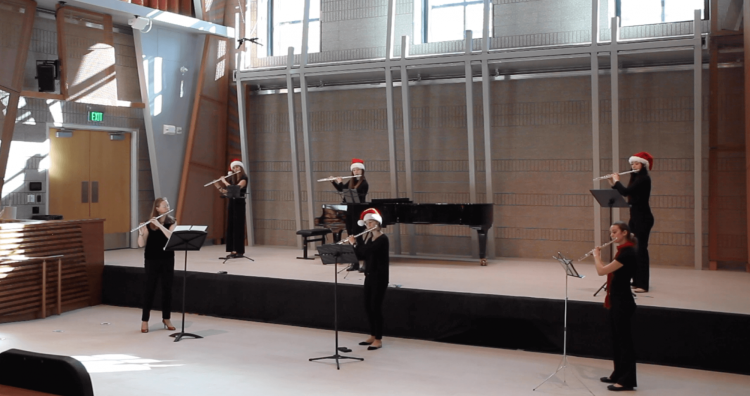 Rising up
Rising up
The Flute studio has emerged from its first full-pandemic semester with a new moniker: Fludio. It’s a symbol of the flexibility of a group of students who—like many at the College of Music—consider themselves a family.
“The students are truly remarkable. Everyone’s meeting the moment where they are right now, and that includes seven flute students who are graduating this year. On top of everything, they’re having to do student teaching and graduate school auditions.”
Professor of Flute Christina Jennings says she’s been inspired by her students to redefine her teaching strategies this semester, to the benefit of all.
“I have to show up for them every day, and I am definitely an optimist. I believe in hope, so I’ve tried to organize things in a way that—no matter what happens—there is success in it. A sense that everyone can progress.
“The big thing we’ve done is these virtual warmup classes called Rise Up. I do two of those for my students every week, and three or four classes a month for other groups. That’s been really motivating for everybody.”
With events getting canceled and with no concerts of her own on the horizon for the first time in her career, Jennings wanted to do even more. Toward the end of the semester, the Flute studio programmed three virtual performances of both well-known flute repertoire and newer works written by BIPOC composers. Current and former students have taken the project and run with it.
“I have nine or 10 former students joining from all over the world. We’re performing 12 Telemman Fantasies in one concert, 30 Karg-Elert Caprices in the second, and then the third is electronic pieces, many of them by BIPOC composers. We decided that we would use the Flute Success Fund set up by [College of Music Advisory Board Chair] Laurie Hathorn to purchase music by Black female composers, and everyone is really happy about that.”
Jennings says the projects have helped build the connections that have been lost by distancing—but her students have also been finding other ways to stay close.
“We’re all finding our own levels of comfortability,” she explains. “The first in-person class we had just felt terrible. Everyone was petrified to be in the same room. Then we moved to Zoom, and in a lot of ways that feels closer because you can see people’s faces. There has been a sense of community that has come out of this. We have three new freshmen and they all got a flute ‘big sister’ to help them adjust.
“The perseverance and work ethic of all of my students is amazing. I said to them recently, almost in tears, that everyone sounds better than when they started. And that was all them.”


